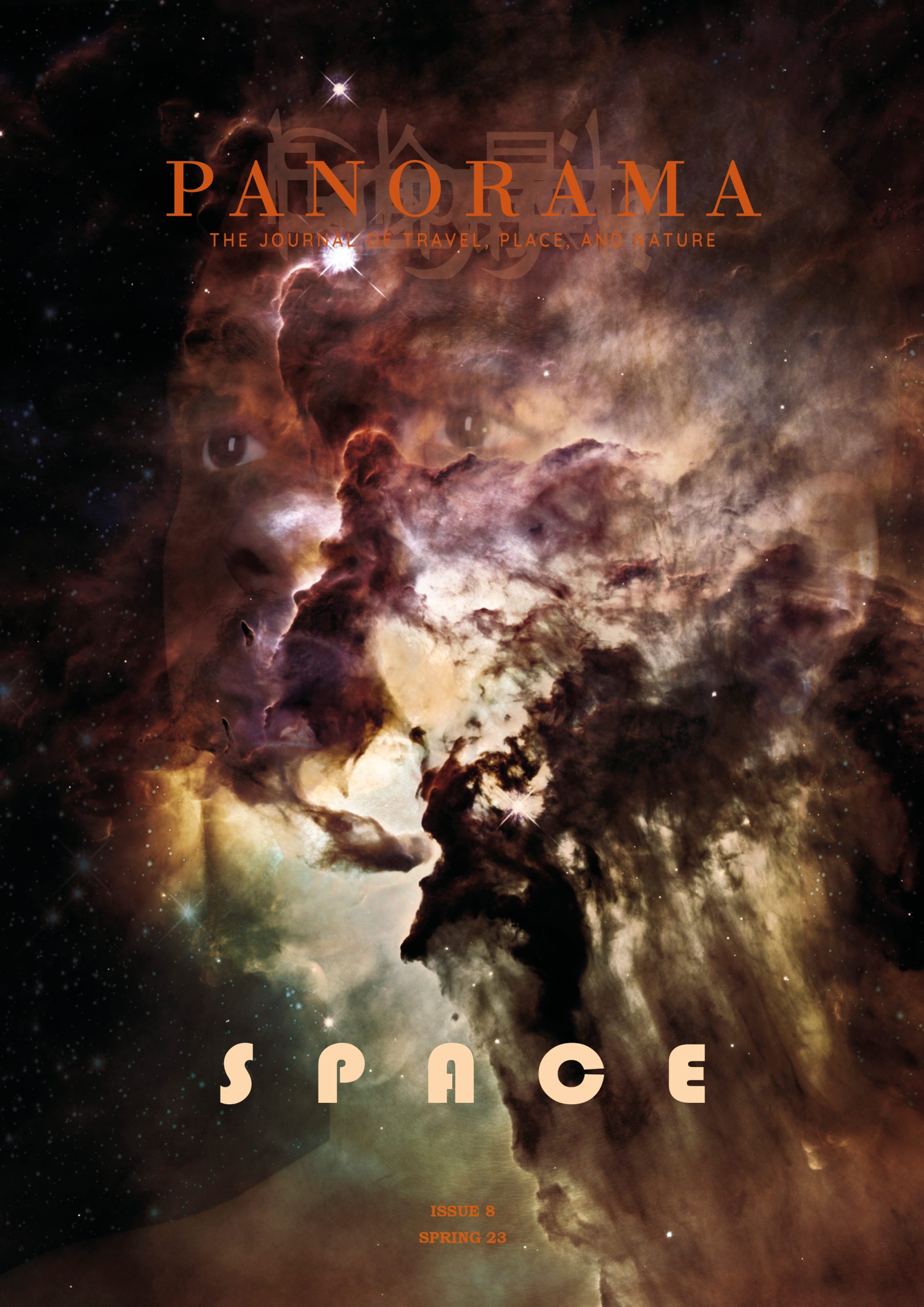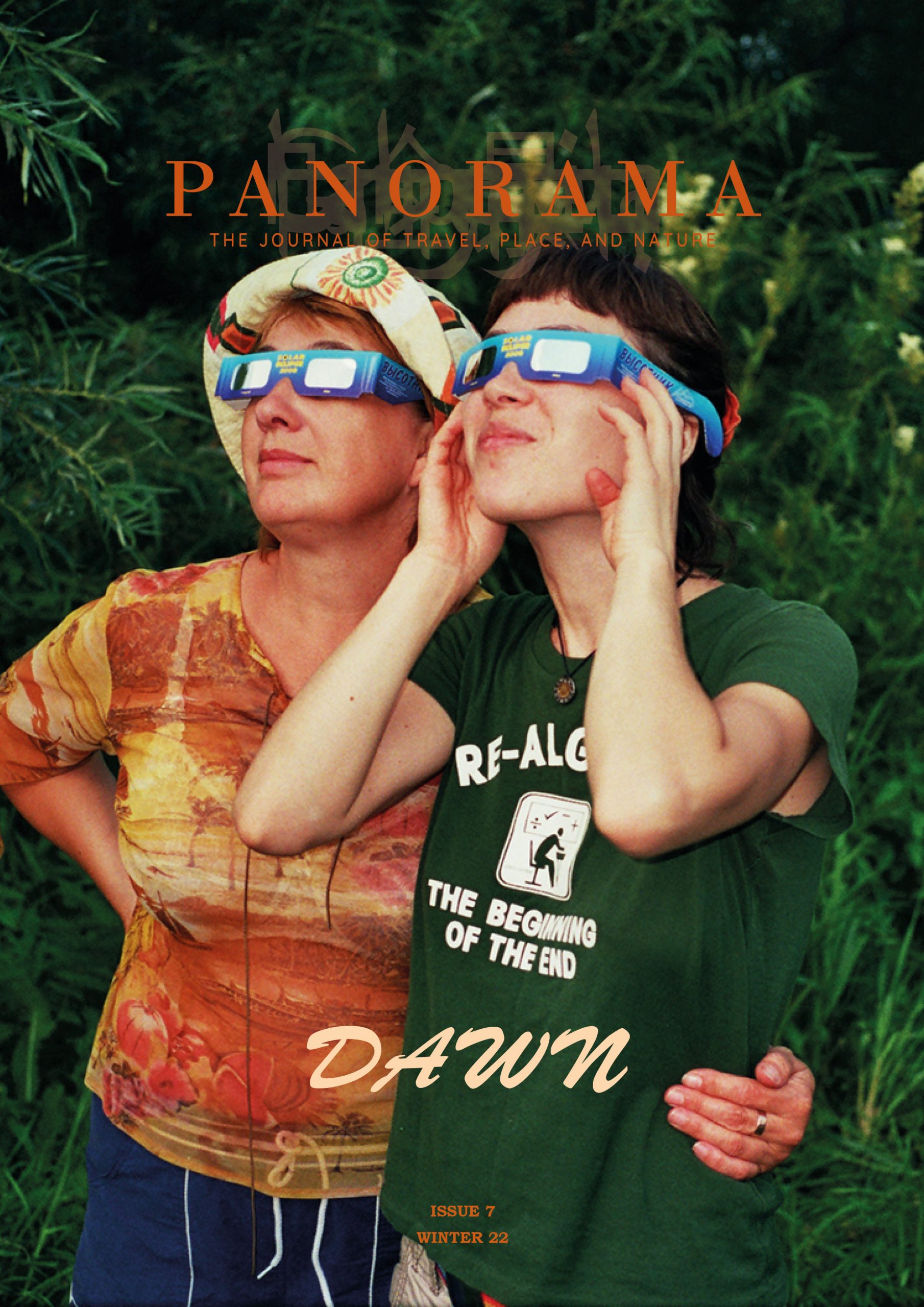
It was the start of a three-day Memorial Day weekend. I stood there leaning on the counter, watching my folks’ forest green Lincoln Continental pull out of the parking lot in slow motion. The sun glistened on the chrome, while my dad’s bald head shone from the passenger seat. I could hear their friends laughing from the back seat, probably at one of my mom’s jokes. They were leaving for a long weekend to the Grand Canyon.
If this were a movie, the camera would pan back to a tiny pizza joint in an Inglewood strip mall. I was standing at the counter, and my sister was standing next to me — two Korean girls running a pizza restaurant. I was 11 years old; my sister was 13. My brother was off playing at our friend’s house, because he was too young to work. He was nine years old.
Why was a Korean family running a pizza shop in Inglewood? It was a long and convoluted journey, but there was nothing extraordinary about it. It was a typical immigrant’s story of leaving a politically unstable country while seeking a better life in another country. We left on a jet plane and landed in the snowy landscape of Reading, PA. Yes, that Reading — the same as the railroad familiar on American Monopoly boards. Another flight on a jet plane landed us on the sunny streets of Los Angeles in 1978, the same year South Korea’s president was assassinated by his own men.
The weekend my parents left us alone, we were too young to even drive. Our Not-Uncle picked us up from our tiny apartment. Usually, the three of us would argue who got to sit in the front seat. These mornings, we would all silently file into the back seat, none of wanting to sit next to the man who was not our uncle. Our exposed thighs would cling to the vinyl seats, and we would try not to move for fear of making a sound, causing Not-Uncle to try and engage in awkward conversation with us. I longed for the familiar seats of my parents ‘70s luxury ride. The last day he picked us up, he hit a pigeon with his windshield on the way to our pizza joint. From then on, I didn’t call him Not-Uncle anymore. He then got the not-so-flattering code name: “Pigeon Killer,” which he still has today.
My dad ran a Texaco station up the street from The Great Western Forum, of Globetrotters fame. My mom wanted to run her own business, so she bought a pizza joint nearby. What did she know about making pizzas? Absolutely nothing. But lack of knowledge and lack of English never stopped my mom before. She got a weekend of training from a friend who made pizzas in Riverside. She bought a new oven, put in a new floor, and made her own sauce. We were in business.
When someone ordered a pizza, we’d ring the bell on the window that opened to the back. Like any good restaurant in Los Angeles, there would be a Mexican in the kitchen. Our Mexican cook was Jesus. He was not much taller than I was, even with his John Travolta haircut adding at least another inch or two of mane. But, boy, he sure could sling a mean pizza. I never tired of watching him stretch out that dough, shaping it with his fingers, and sending the spinning discs flying through the air like a circular magic carpet. Puffs of flour would come raining down like fairy dust all over his hair. His fingers were always white, the flour covering him all the way up to his elbows.
He taught me how to fling the dough in the air and catch it with my fists, continuing to punch with my fingers closed, not in a fighting, aggressive way, but more like a dance, a negotiation between you and the dough. I had to take the lead and call all the shots. One misstep and your doughy partner would be misshapen, or even worse, holey. Unlike dance partners, pizza dough, thank goodness, was forgiving. Your mistakes could be fixed by more shaping and less throwing. Then, the dough would be ready to go into that scorching 550 degrees of baking perfection.
In between the lunch and dinner crowds, the guys from Sav-on would come in for their lunch breaks. Olivia Newton John would be getting Physical on the radio. They would order their usual slices of pepperoni, and my sister and I would break out the cards. Then, the four of us would get into a raucous game of Uno. All the while, Jesus would be punching the dough in time to Survivor’s Eye of the Tiger in the back kitchen.
One of our other regulars was the DJ from Stevie Wonder’s Soul/R&B station up the street. He was big and buff with muscly arms. He usually had on a white tank top and looked like he had just come straight from lifting weights at the gym. Inevitably, John Cougar Mellencamp or the J. Geils Band would be blaring from the radio whenever he walked in. He would shake his head and hand me mix tapes of good music. The soundtrack would shift to Al Jarreau, Grand Master Flash and George Benson. KJLH saved me from having to listen to the theme song from Chariots of Fire one more goddamn time.
My parents came back from their Arizona road trip on a Sunday evening just in time for a late dinner. We closed the shop and made our own pizzas — extra large extravaganzas piled high with sausages, mushrooms and ripe kimchi. My dad’s slices would be covered in silvery anchovies we’d gingerly take out from their tiny tins. We were eating fusion long before it was hip, before there was such a thing as “gourmet” pizza, long before hip chefs were putting kimchi in everything. Back then, pizza was something you got at a neighbourhood joint or bought frozen from the market. We weren’t trendsetters. We weren’t hip or cool. We were just Korean, and couldn’t imagine a meal without kimchi.
Because we were good Korean kids, we waited until the patriarch of the family took his first bite before we all dug in. Thousands of miles across the Pacific Ocean, years after we had moved to America, we still had to keep up tradition. Even while eating pizza, we had to wait for my dad.
My dad was so hardcore, he even ate his pizza with chopsticks. He did everything with chopsticks. I’ve watched my dad lie in wait with his sticks. Like a predator, he would wait and track his prey, sticks in the air, eyes tracking his victim. Then, he would snap his sticks, catching the fly in mid-air as if it was the most natural thing to do. It was just like that scene from The Karate Kid. Except, he would then wipe the fly guts off his sticks and resume eating his anchovy and kimchi pizza as if nothing had happened.
We kids didn’t get to even go to the Grand Canyon until we were well into college, but we sure did get our share of kimchi. And I was the only kid in 7th grade who politely declined pizza at other kids’ birthday parties.
The days rolled into summer. It was 1982. My parents had never heard of child labour laws. Nobody else seemed to care either. There were long, hot summer days, made hotter by the pizza oven. Every day started with Jesus throwing discs of flying dough. A good day would bring us a round or two of Uno, while Stevie Wonder provided the soundtrack. A great day ended with an apron full of tips. The best days always ended with extra servings of kimchi.










